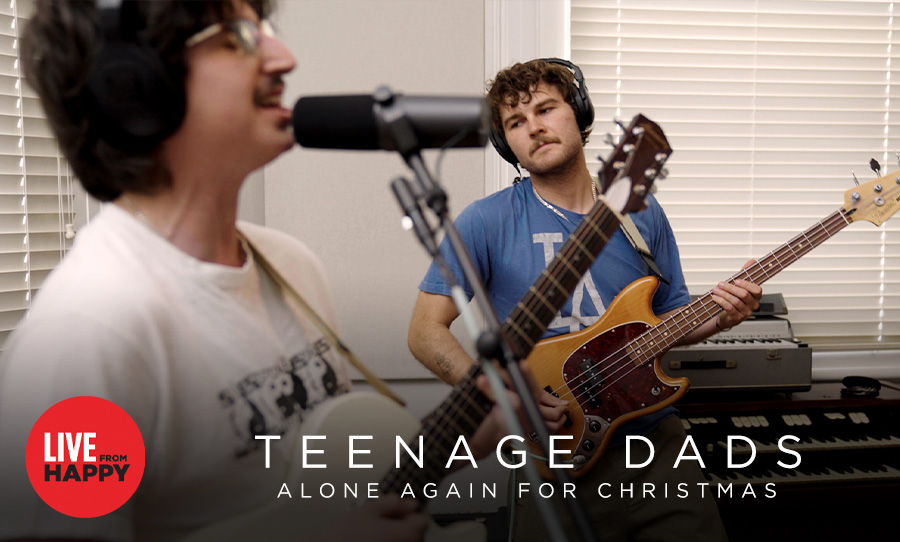Australia prepares for its first moon landing after signing a $50 million deal with NASA to build a lunar rover.
Scott Morrison has signed a deal with NASA to build a rover that will be sent to the moon. The project will be supported through the Trailblazer program under the Australian Government’s $150 million Moon to Mars initiative.
The Australian government is hoping that the Trailblazer program will accelerate the growth of the Australian space industry, lift Australian involvement in national and international supply chains and be an inspiration to the Australian public.

Scott Morrison said, “This mission to the moon is just one exciting way that we can create opportunity and jobs for the future, and our government will ensure Australians reap the benefits,”. Morrison is aiming to triple the size of the space sector by 2030, adding $12 billion to the economy and creating up to 20,000 high-skilled jobs.
Up to $50 million in funding will be available to Australian businesses and researchers building the semi-autonomous robot that NASA will then fly to the moon. The aim is to collect lunar soil (regolith) containing oxides in the hopes of extracting oxygen. If successful, this mission could lead to establishing a man-made moon base.
The moon rover could make its landing as early as 2026, and if successful, will be the first time Australia makes its presence on it’s closest solar neighbour.
Australia, we’re going to the Moon. 🌙
We’ve reached an agreement with @NASA for an Australian-made rover to be part of a future mission, harnessing our skills and expertise in the resources sector. pic.twitter.com/uoJLis2YPr
— Australian Space Agency (@AusSpaceAgency) October 12, 2021
Finding a source of oxygen on the moon is considered crucial to establishing a sustainable human presence and supporting future missions to Mars.
Colonizing the moon could be beneficial to human civilisation in space as farming at the lunar north pole would provide eight hours of sunlight per day during the local summer, creating more efficient and substantial farming methods.
It is estimated that a 0.5 hectare of farming space could feed 100 people.
“By working together with the Australian Space Agency and our partners around the world, NASA will uncover more discoveries and accomplish more research through the Artemis program,” NASA Administrator Bill Nelson said regarding the deal reached by the two governments.
Artemis is NASA’s mission to return humans to the surface of the moon for scientific discovery, economic benefits, and inspiration for a new generation of explorers.

Science Minister Melissa Price was in agreement that this mission would grow our space sector enormously:
“With our expertise in robotics technology, NASA wants to partner with us on this project to the moon, creating our own lunar history,”.
While details regarding the design remain largely in the hands of whichever businesses or researchers are granted the funding, it is expected that the mission and the rover adhere to the following criteria including, but not limited to:
- developing a foundation services rover (incl. deployment system) capable of operating on the moon
- conducting the primary foundation services task, which is to collect and provide lunar regolith to a NASA payload, with a high level of autonomy
- ensuring the rover and deployment system is 20kg or less
Further details will be announced when the Trailblazer program guidelines are released later this year, with applications expected to be submitted in early 2022.



